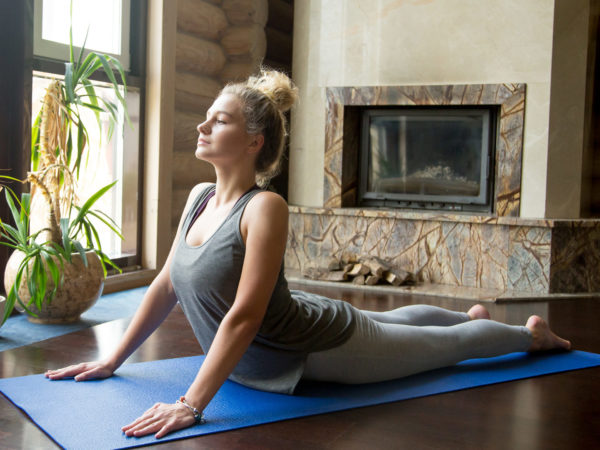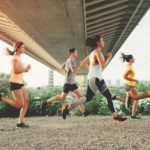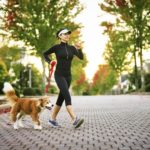Cobra Pose

“I enjoy practicing the Cobra Pose first thing in the morning in conjunction with my breathing exercises to help open my chest and lungs. Sitting at a computer tends to contract the front of the torso; this pose reverses that effect.” – Andrew Weil, M.D.
Description & History
The Cobra Pose is a basic yoga posture used to strengthen the spine and buttocks as well as stretch the chest, shoulders, and abdomen. It’s Sanskrit name, Bhujangasana, comes from the words bhujanga, meaning serpent, and asana, meaning posture. Strength and flexibility are important components of a healthy back. By using the Cobra Pose along with other back-related yoga poses, a practitioner can develop the ability to maintain correct body posture and improve back strength.
How to Perform the Cobra Pose
- Begin in prone position on the floor with legs together and feet pointed. Place hands under shoulders and squeeze your elbows against the body. Firmly press the tops of your feet, legs, and hips to the floor, maintaining this connection throughout the pose.
- On an inhalation, first use your back muscles to lift your chest off of the floor keeping the neck relaxed and drawing shoulder blades and elbows back; then, straightening the arms, continue to lift the chest as you look up. Go to a comfortable height that you are capable of maintaining without pain. Press your tailbone toward the floor and lift the abdominal muscles toward the spine.
- Relax the shoulder blades by keeping them down, avoiding adding unneeded tension to the back and shoulders. Find a spot about 45 degrees in front and above that you can focus on as long as it is pain-free.
- Hold the Cobra Pose for 15 to 30 seconds and maintain even breathing.
- To release, exhale and drop your head to the floor and lower your body by using your arms. Repeat the pose twice more.
Watch a video demonstration of the Cobra Pose.
Potential Health Benefits
- Can help alleviate sciatica and low back pain
- Opens the chest, allowing for deeper breathing
- Strengthens abdominal muscles and buttocks
- Stimulates digestion and helps relieve constipation
- Traditional yoga texts say Cobra Pose “increases body heat and destroys disease.”
A 2012 study published in the Journal of Education and Practice looked at the effects of the Cobra Pose along with other yoga poses that focus on the back muscles. After the three-month study concluded, researchers found that performing them led to significant improvements in overall back strength.
Modifications & Variations
It is important to remember not to overdo the backbend during the Cobra Pose. Beginners should find a height that is comfortable and does not put excessive strain on the back. If you are stiff and do not feel comfortable with performing this pose on the floor, you can modify it. Start by placing a metal folding chair against a wall with the seat facing out. Place your hands on the edge of the seat and stand on the balls of your feet. Go through the same motions as you would with the Cobra Pose on the floor.
For an advanced version of the Cobra Pose, start the same as you would with the normal pose, but instead of using the arms to lift the upper body, contract the buttocks and lower back. This modified movement will limit the height at which your upper body will lift. Know your limits and avoid pushing yourself too far.
Precautions
Pregnant women should refrain from performing this pose, as should individuals with active ulcers, abdominal pain and hernias. Those with neck tension or injury should avoid lifting the head to a level that causes discomfort. And those with back pain or injury should bend the spine only to a degree that is comfortable, keeping the elbows bent if needed. Keep the spine rounded while performing the Cobra pose and avoid bending at the hips.
Related Poses
- Bow Pose (Dhanurasana)
- Camel Pose (Ustrasana)
- Bridge Pose (Setu Bandhasana)
- Sphinx Pose
Sources
Bhowmik, Sanjib Kumar, Avjeet Mondal, Shrikrishna Patel, and Upendra Pandey. “Effect of Various Yogic Intervention Strategies on Back Strength of Homemakers.” Journal of Education and Practice 3, no. 14 (2012): 49-58.
Originally Posted August 2006. Reviewed by: James Nicolai, M.D., on May 20, 2013. Updated September 2024.









